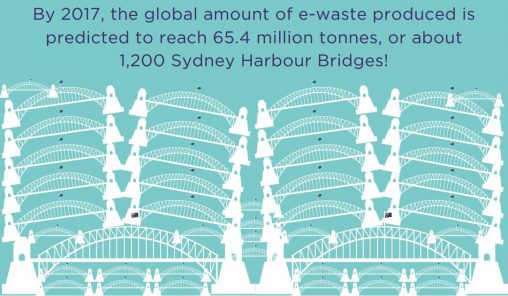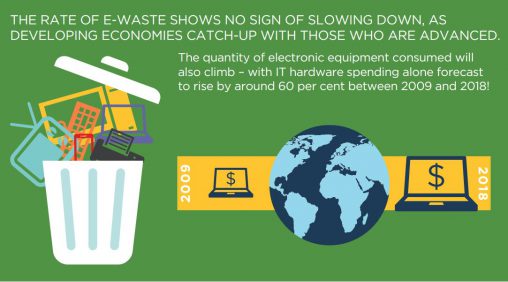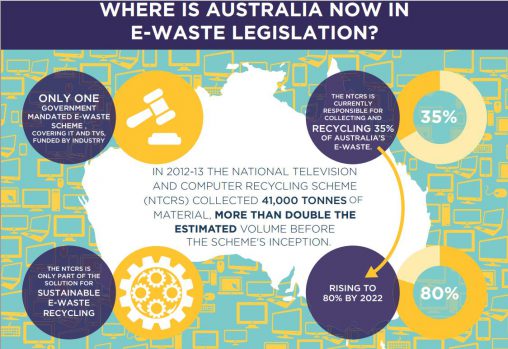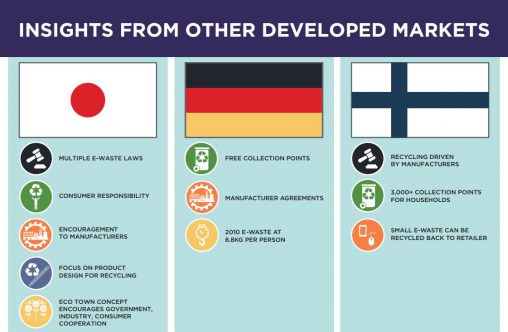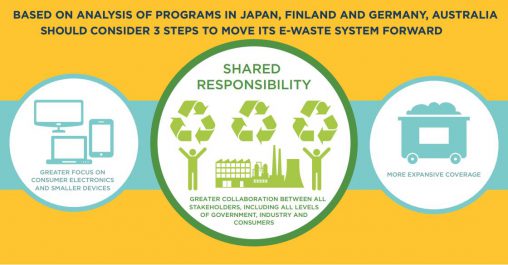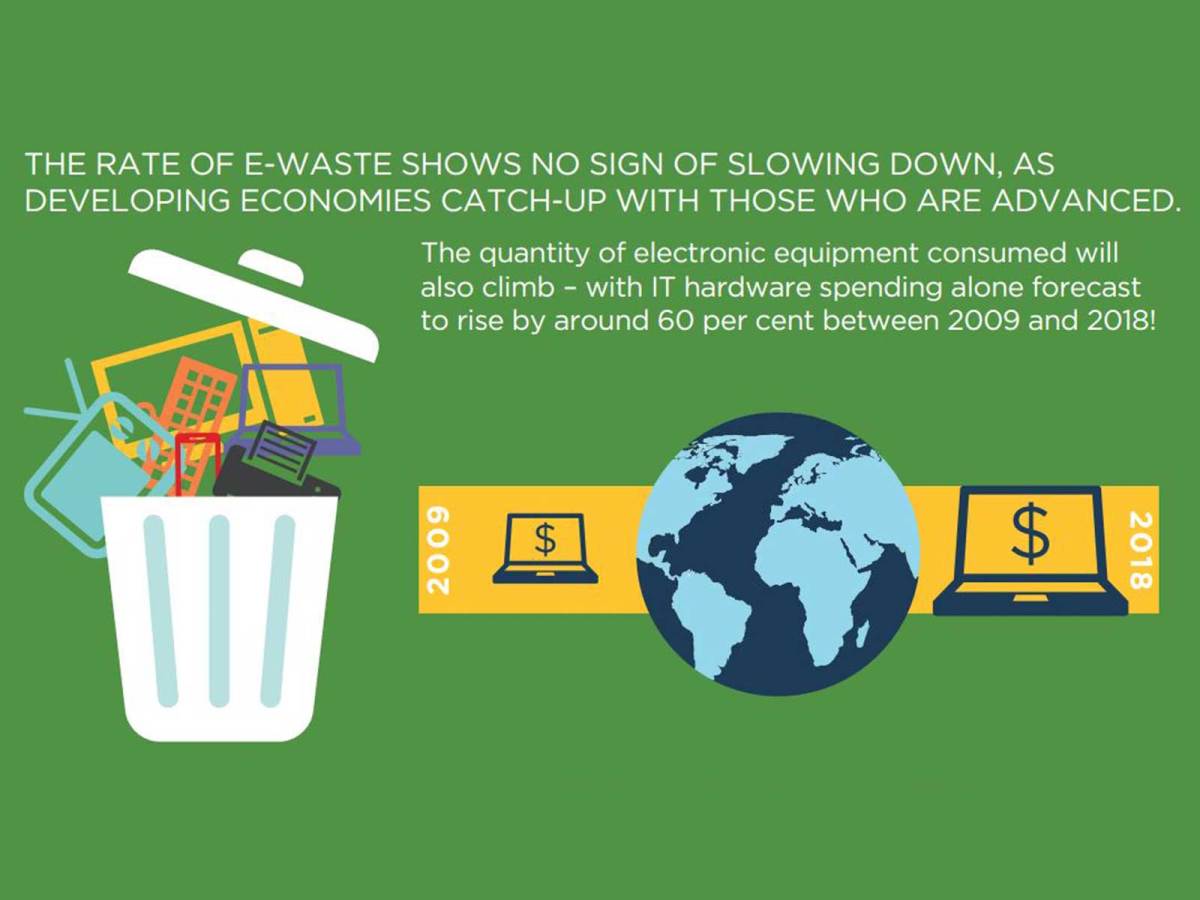Australia’s recycling system for e-waste is still in its infancy and will need to adopt a more comprehensive and collaborative approach to keep up with the volume of technology we toss into landfill, according new report from the Economist Intelligence Unit (EIU).
The report ‘Global E-waste Systems, Insights for Australia from other developed countries’ calls for all stakeholders in the electronic waste (e-waste) system to take greater responsibility, this includes retailers, suppliers, consumers and government.
“As the technological revolution marches forward, e-waste systems will need to adapt accordingly and our report highlights that for Australia to increase the level of systemic e-waste recycling, there needs to be a greater focus on ‘shared responsibility’, as not only producers, but governments, retailers, business and consumers play a critical role in the e-waste debate,” said John Ferguson, senior economist at the EIU and author of the report.
The report was commissioned by Australia and New Zealand Recycling Platform (ANZRP) and compares Australia’s e-waste systems with other developed markets of Japan, Finland and Germany.
In Europe the onus is on the manufacturer to manage the collection and recycling of their own products. The logic is that if suppliers have to pay for recycling, they have a financial interest in the lifecycle of electronics they produce.
Australia has also adopted the approach that producers and importers of electrical and electronic devices bear a financial responsibility for the lifecycle of their products. However, outside of voluntary schemes, Australia’s e-waste system only covers personal computers, computer accessories and televisions, whereas the EU directive applies to a much broader range of electrical and electronic equipment such as large household appliances such as dish washing machines, washing machines and cookers, as well as small household appliances such as vacuum cleaners, toasters and fryers.
The report recommends that Australia expands the scope of the products that are covered by its e-waste system. Currently recycling schemes are not adapting at the same pace as consumer electronics are evolving.
The product coverage of the Australian e-waste system could be expanded in regards to both small and large devices, the report stated, as well as the categories of products that are covered.
Along with increasingly the scope of the products collected, it will also be necessary to increase the number of collection point to accommodate the volume of product. The report states:
Consequently, it is worth considering the role of the retail sector as another collection point in the system. This may be especially relevant to smaller devices given the relative ease with which they can be transported when compared to larger items. At present, there is some involvement of the retail sector with the targeted recycling of products. Aldi supermarkets in Australia, for example, offer free battery recycling at their stores. However, if the broader retail sector was to be encouraged to participate in the e-waste system, a consumer education campaign would be advisable to help inform new consumer habits of recycling while shopping.
Carmel Dollisson, CEO of ANZRP, believes there is currently a lot more that all stakeholders can do to take responsibility for the e-waste they consume.
“We all play a critical role, for example, local governments can work towards driving policies that incentivise the recycling behaviour among households, the retailer sector can act as a collection point in the e-waste system, and regulators can help to drive these initiatives to ensure that responsibility is taken in every link of the chain,” said Dollisson.
“As technology consumption continues to rise, it’s critical that we promote awareness around ‘responsible consumerism’, and entice and encourage consumers and businesses to become more active players in the management and recycling of their electronic waste – a concerted joint effort is required to get the message out about the benefits of recycling for the economy and environment.”
The EIU created the following infographic which outlines the issues facing e-waste in Australia:
